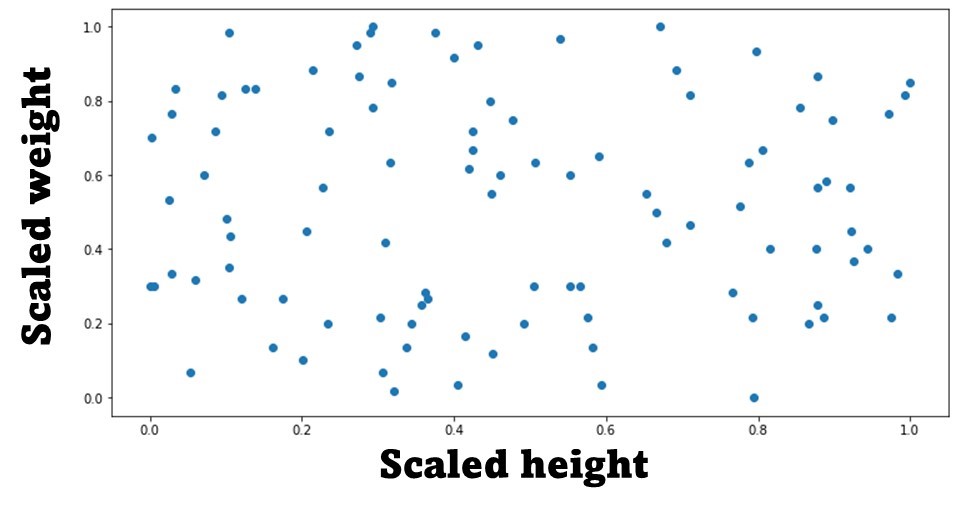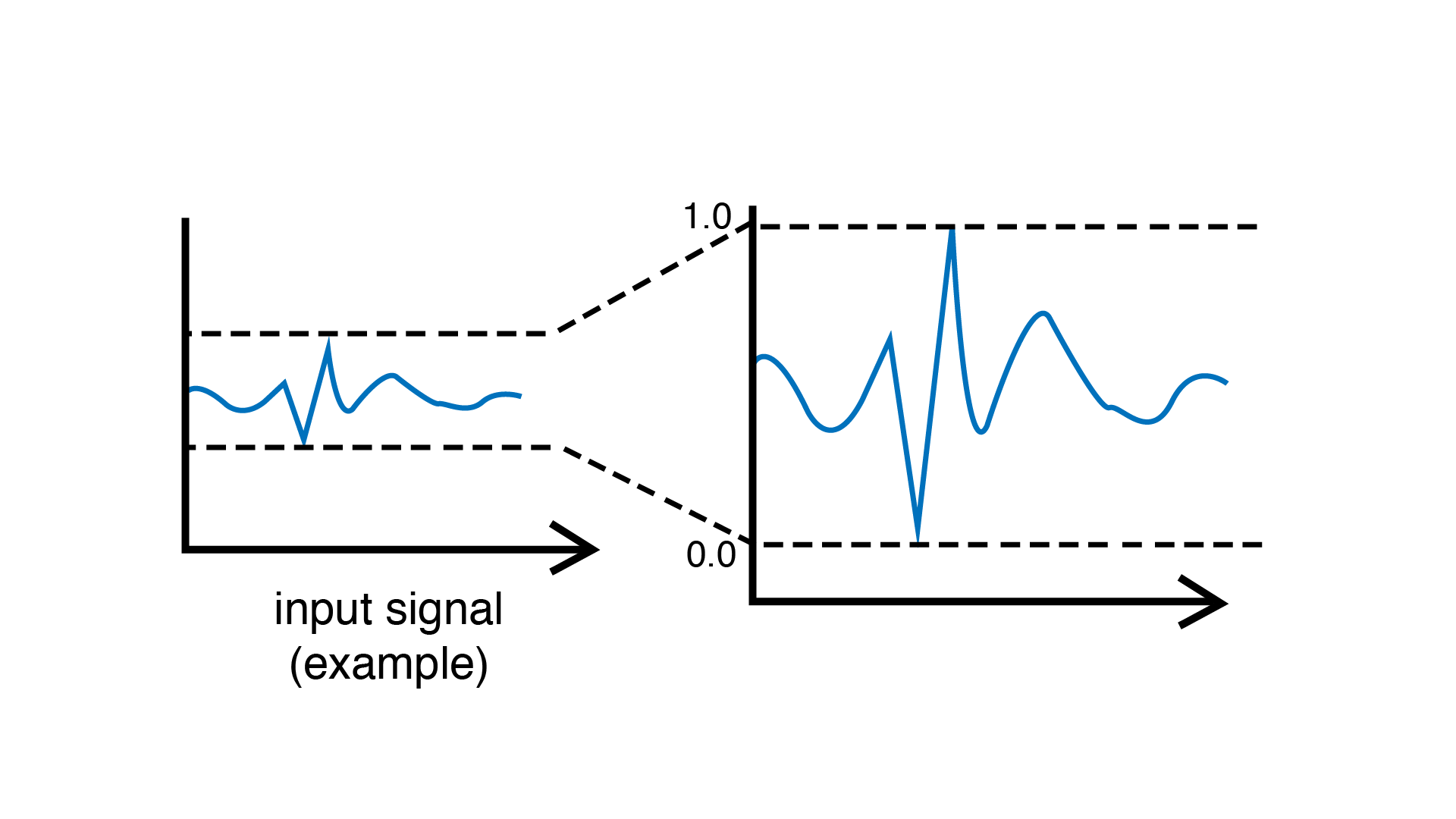Minmaxscaler
イエスノー占い 天使 doa makan hadits dhaifsklearn.preprocessing.MinMaxScaler — scikit-learn 1.4.0 documentation. sklearn.preprocessing.MinMaxScaler¶ class sklearn.preprocessing minmaxscaler. MinMaxScaler (feature_range = (0, 1), *, copy = True, clip = False) [source] ¶. Transform features by scaling each feature to a given range minmaxscaler
créer une adresse gmail matric dress
. MinMaxScaler () is a preprocessing method that normalizes the input features/variables to the range [0,1] before model fitting. Learn how it works, why it is important, and see some code examples and links to the original source. minmaxscaler. Data Pre-Processing with Sklearn using Standard and Minmax scaler. Learn how to use standard and minmax scaler in Sklearn, a data preprocessing step for numerical features. See the syntax, parameters, and examples of these scalers with Python code. Compare the difference between standard and minmax scaler and their advantages and disadvantages.ambassade du maroc en rdc bidaisari janda baik
. 6.3. Preprocessing data — scikit-learn 1.4.0 documentation. MinMaxScaler is a utility class that scales features to a range of values, such as [0, 1] or [-1, 1]. It is useful for robustness to outliers and sparse data123mkv movie milfme
. Learn how to use it with examples, compare it with other scalers, and see its attributes and methods.. preprocessing.MinMaxScaler() - scikit-learn Documentation. class sklearn.preprocessing.MinMaxScaler (feature_range=0, 1, *, copy=True, clip=False) Transform features by scaling each feature to a given range. This estimator scales and translates each feature individually such that it is in the given range on the training set, e.g. between zero and one minmaxscaler. where min, max = feature_range. minmaxscaler

6 nga 39 numrat fitues duty after school ซับไทย
. Minmaxscaler is the Python object from the Scikit-learn library that is used for normalising our data. You can learn what Scikit-Learn is here. Normalisation is a feature scaling technique that puts our variable values inside a defined range (like 0-1) so that they all have .. StandardScaler, MinMaxScaler and RobustScaler techniques - ML. Learn the difference between StandardScaler, MinMaxScaler and RobustScaler techniques for preprocessing data in machine learning. See how they scale features, remove outliers, and compare their performance with Python code and plots.. Compare the effect of different scalers on data with outliers minmaxscalertusker malt hoteluri centru sinaia
. MinMaxScaler is a scaler that rescales the data set such that all feature values are in the range [0, 1]. It can be used to bring the data within a pre-defined range and avoid the influence of outliers


heure de la rupture du jeune au senegal contoh makanan oriental
. between zero and one. The transformation is given by: minmaxscaler. MinMaxScaler vs StandardScaler - Python Examples - Data Analytics minmaxscaler. Differences between MinMaxScaler and StandardScaler minmaxscaler. Both MinMaxScaler and StandardScaler scale the data (features), but they use different methods to achieve this. MinMaxScaler scales the data to a fixed range, typically between 0 and 1. On the other hand, StandardScaler rescales the data to have a mean of 0 and a standard deviation of 1. minmaxscaler. The Complete Guide to Min-Max Scaler in Machine Learning with Ease. Let us scale all the features to the same scale and a range from 0 to 1 in values using sklearn MinMaxScaler below: from sklearn.preprocessing import MinMaxScaler. X_copy = X.copy() #We create a copy so we can still refer to the original dataframe later. scaler = MinMaxScaler() X_columns = X.columns.. Sklearn Feature Scaling with StandardScaler, MinMaxScaler . - MLKrockview university courses perlukah wali nikah bagi janda
. Just like MinMaxScaler MaxAbs Scaler are also sensitive to outliers. In Sklearn MaxAbs-Scaler is applied using MaxAbsScaler() function of sklearn.preprocessing module. Robust-Scaler. Robust-Scaler is calculated by using the interquartile range(IQR), here, IQR is the range between the 1st quartile (25th quantile) and the 3rd quartile (75th .. Difference between Standard scaler and MinMaxScaler. 4 Answers. MinMaxScaler (feature_range = (0, 1)) will transform each value in the column proportionally within the range [0,1]. Use this as the first scaler choice to transform a feature, as it will preserve the shape of the dataset (no distortion). StandardScaler () will transform each value in the column to range about the mean 0 and standard . minmaxscalerauvent fenetre adómentesség 25 év alatt kalkulator
. MinMaxScaler In 4 Minutes — How It Gets Its Values - Medium. This article attempts to explain as simply as possible how the MinMaxScaler arrives at its values minmaxscaler. from sklearn.preprocessing import MinMaxScaler Our Example Dataset.. 归一化MinMaxScaler - 知乎 - 知乎专栏
